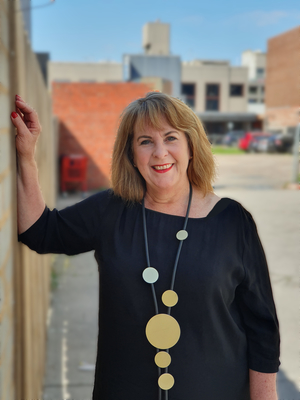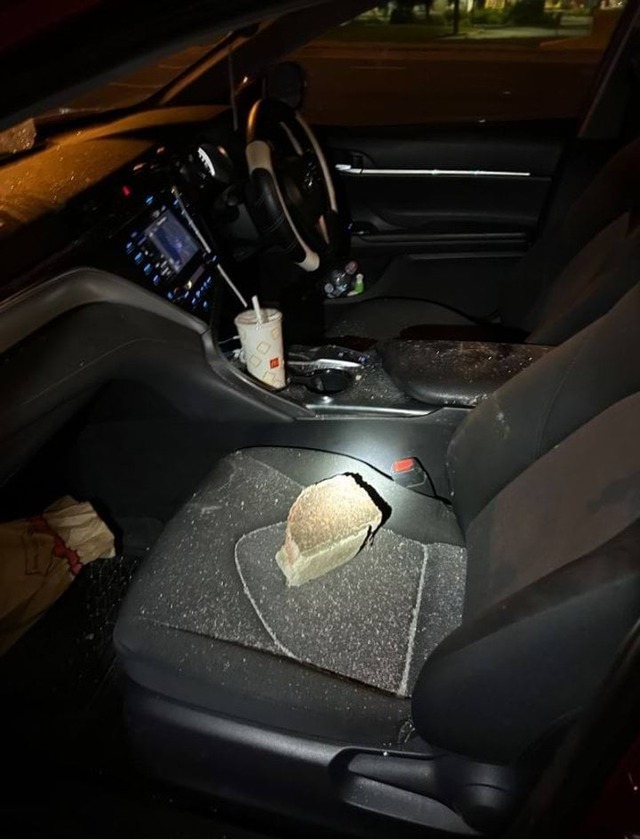Homelessness agency Wayss has been traditionally the crisis help for thousands in the South East.
Its incoming chief executive Elizabeth Thomas now wants the agency to be part of an affordable housing solution.
“Crisis response is not a solution to ending homelessness – quite simply, housing ends homelessness,” she said.
Ms Thomas is looking for solutions outside the square.
Traditionally, advocates had fruitlessly sought more funding for social housing from the State Government.
It’s time to look for investment from all three tiers of government, the community sector and the private sector, Ms Thomas said.
“The difference between good and bad solutions isn’t money, but time and thought.”
Recently Wayss, Windermere Child and Family Services, Shire of Cardinia, a private benefactor and a construction company partnered on a housing project in Main Street, Pakenham for women and children fleeing family violence.
Ten transitional housing units were built on undeveloped council-owned land.
The benefactor chipped in, and the builders offered a significant discount.
It is set to open next month with minimal State funding.
Ms Thomas says the aim is to give women time to re-establish their lives after escaping an abusive partner.
Normally at transitional accomodation, they’re given just six months. Not enough for women to rebuild their lives, Ms Thomas says.
At Main Street, they will stay up to two years.
The families will pay a fraction of the market rate for the first six months – $100 a week for a two-bedroom unit.
It’s the type of model that Wayss will spruik to other councils like Greater Dandenong, which has declared a homelessness crisis.
New options were needed for a growing cohort of single women over 55, and newly-arrived families with perhaps up to nine children.
Shockingly, Wayss had no stocks except a rooming house for a homeless 84-year-old woman.
“Rooming houses are not an option. Women, particularly older women, are very unsafe in rooming houses.
“We need to look at what we can do to meet that need.”
Likewise, the traditional public housing stock of three-bedroom dwellings were too small for large newly arrived families.
Currently Wayss is homing three families each with children in two motel rooms each.
“When you think about the cost of $2000 a week each, what can we get in the private rental market for that?
“It’s now part of our community diversity. We need to start looking at four bedroom houses.”
On the radar for next year is a youth housing facility with six single-bedroom units and four double-bedroom units in Dandenong.
The tenants would be individually helped by support agencies.
“It’s about establishing that sense of community and that need for belonging.”
Ms Thomas has experience as the Public Trustee in Tasmania, and was managing director of Tasmania’s first Common Ground social housing project.
There’s also buckets of money available from ethical investment superannuation funds for social housing projects, she says.
Social housing, such as the kibbutz model, should be explored more widely in Australia, Ms Thomas said.
People of different generations, from the elderly to university students, NDIS recipients could live in supportive residential communities.
The mix would be a more positive, life-affirming option for seniors than aged-care homes, Ms Thomas said.
Wayss itself has capital reserves to draw upon.
“Wayss is not the largest player in the sector, however, because of our size we can be nimble and responsive to opportunities, as and when they present,” Ms Thomas said.
“It also means that we can actively engage in strategic alliances and partnerships to maximise the impact of service we deliver to our clients and the community.”







